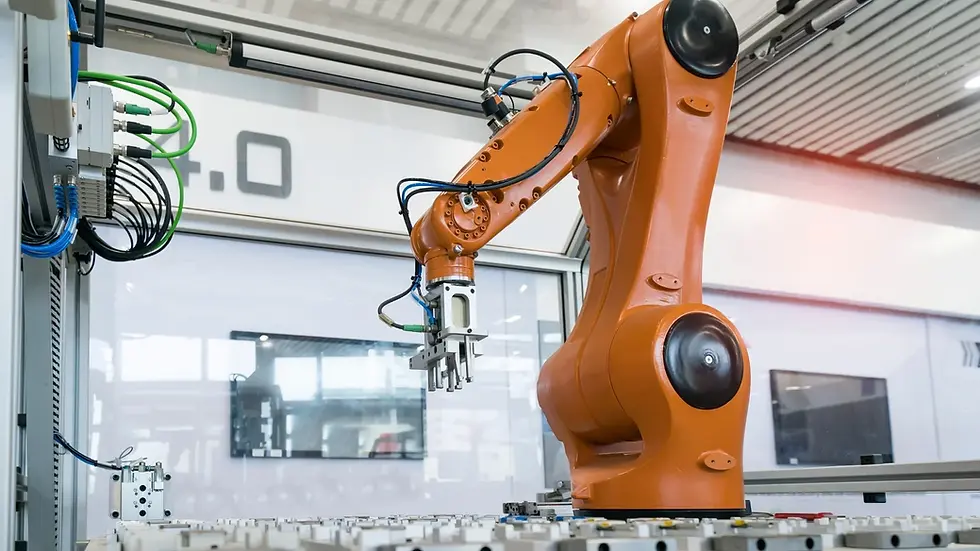Troubleshooting Control Panels in Industrial Automation
- DelaControl
- 2 days ago
- 2 min read
Control panels are the heart of industrial automation, housing critical components such as PLCs, HMIs, relays, contactors, drives and power distribution equipment. When a control panel fails or malfunctions, production comes to a halt.
Troubleshooting control panels is therefore an essential skill for engineers, electricians and maintenance teams.
Common issues in control panels
Power supply problems
• Blown fuses, tripped circuit breakers or failed power supplies are among the most common causes of downtime.
• Symptoms: dead PLCs, unlit indicator lamps or non-responsive HMIs.
Loose or damaged wiring
• Vibrations, poor terminations or wear over time can cause intermittent faults.
• Symptoms: fluctuating sensor readings, sporadic faults or equipment that starts and stops unexpectedly.
Component failures
• Relays, contactors and PLC I/O cards can fail after prolonged or heavy use.
• Symptoms: devices not switching, burned contacts or input signals not registering.
Overheating and ventilation issues
• Dust-clogged filters or failed fans can cause overheating and insulation damage.
• Symptoms: unexpected shutdowns, thermal trips or melted cable insulation.
Network and communication errors
• Industrial networks such as PROFINET, EtherNet/IP or Modbus can be disrupted by misconfigured devices or faulty cables.
• Symptoms: communication alarms, lost data or offline devices in SCADA or HMI systems.
A step-by-step guide to troubleshooting control panels
Start with safety
Always isolate power, follow lockout and tagout procedures and wear appropriate personal protective equipment before working inside a panel.
Check the basics
Verify the incoming supply voltage and confirm that all fuses and circuit breakers are intact.
Visual inspection
Look for signs of burning, damaged wiring, loose terminals or tripped indicators.
Use proper tools
Multimeters, clamp meters, thermal cameras and continuity testers are essential for diagnosing faults accurately.
Check control circuits
Follow the control voltage circuit step by step, whether 24 V DC or 110 V AC, and ensure that each device is powered as expected.
Test components individually
Relays, contactors and drives should be checked against their datasheets. Replace questionable components proactively.
PLC and HMI diagnostics
Many modern PLCs and HMIs include onboard diagnostics, error codes or event logs that help identify faults.
Network investigation
Verify cable integrity, check the status LEDs on switches and devices and confirm IP and protocol configurations.
Log and record
Documenting issues and their resolutions helps prevent recurrence and supports predictive maintenance planning.
Best practices for control panels
• Preventive maintenance: clean filters, tighten terminals and inspect wiring regularly.
• Environmental protection: ensure enclosures meet IP, UL or NEMA ratings for dust, moisture and temperature.
• Obsolescence management: replace outdated PLCs, drives and HMIs before they become unsupported.
• Training: ensure technicians are trained in both electrical safety and automation software tools.
Conclusion
Troubleshooting control panels requires a combination of electrical knowledge, automation expertise and systematic fault-finding skills. By understanding common issues, following structured diagnostic steps and maintaining equipment proactively, engineers can minimise downtime, extend equipment life and keep production running efficiently. Control panels are the heart of industrial automation; keeping them reliable and well maintained ensures smooth, continuous manufacturing.







